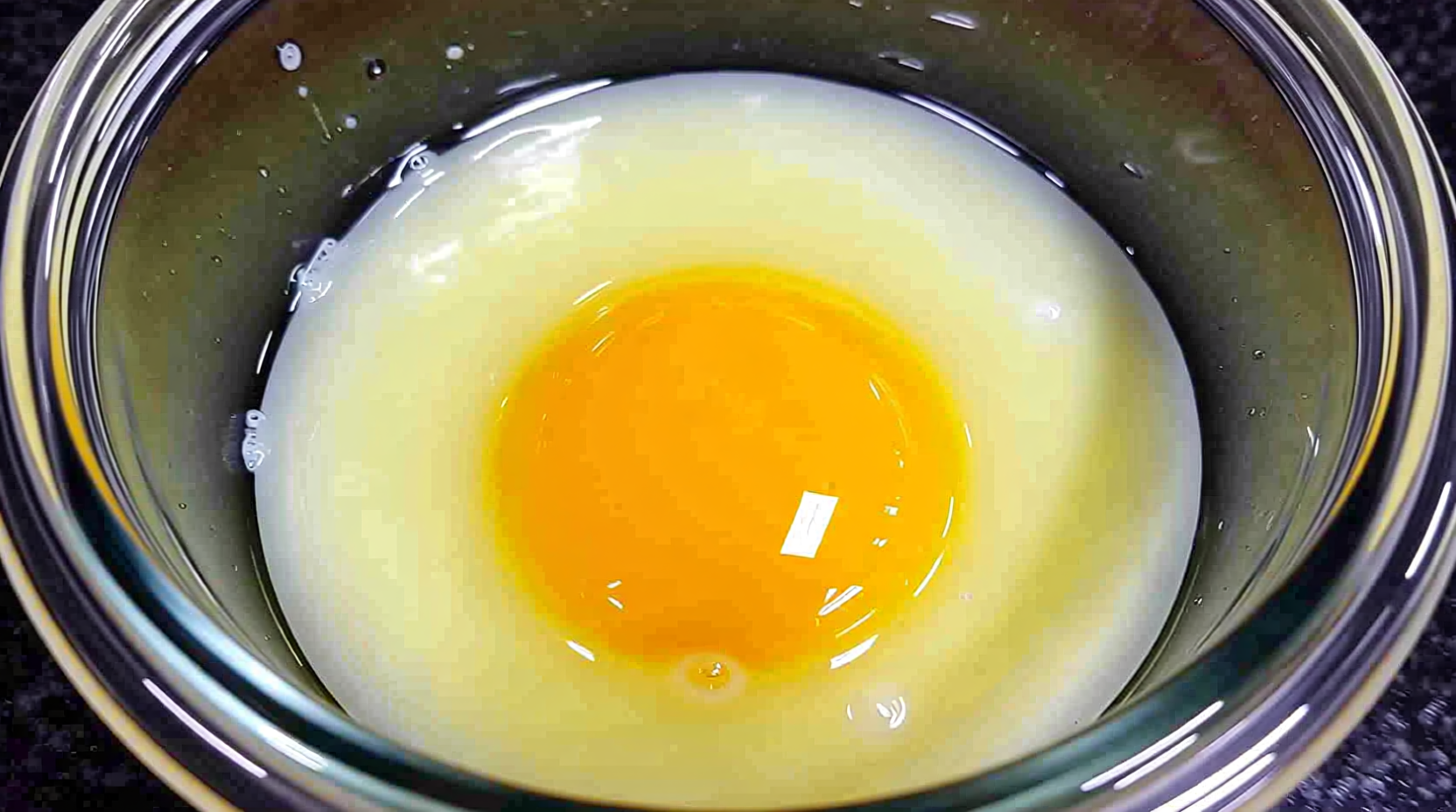Understanding how long cooked eggs can safely remain at room temperature is essential for preventing foodborne illness. This simple knowledge could protect you from salmonella poisoning, which affects approximately 1.35 million Americans annually according to the Centers for Disease Control and Prevention. Whether you're meal prepping, hosting a brunch, or simply forgot to refrigerate your breakfast, knowing the precise time limits for cooked eggs at various temperatures could prevent a trip to the emergency room.
The Science Behind Egg Safety Time Limits
Eggs become a breeding ground for harmful bacteria like salmonella when left in the temperature danger zone between 40°F and 140°F (4°C-60°C). During cooking, eggs reach temperatures that kill existing bacteria, but once they cool into this danger zone, any surviving or newly introduced bacteria multiply rapidly. The USDA Food Safety and Inspection Service explains that bacterial populations can double every 20 minutes under ideal conditions, meaning a small amount of contamination can become dangerous within hours.
Hard-boiled eggs present a special concern because the protective cuticle is removed during boiling, making them more vulnerable to bacterial penetration. This explains why hard-boiled eggs have a shorter shelf life than their cooked counterparts with intact shells. The porous nature of eggshells allows bacteria to enter more easily once the natural protective coating is compromised.
| Temperature Range | Maximum Safe Time | Recommended Action |
|---|---|---|
| Below 40°F (4°C) | 3-4 days | Refrigerate immediately |
| 40°F-90°F (4°C-32°C) | 2 hours | Discard after timeframe |
| Above 90°F (32°C) | 1 hour | Discard immediately after timeframe |
| Above 140°F (60°C) | Safe indefinitely | Maintain temperature |
This temperature timeline demonstrates how quickly safety thresholds change as ambient conditions shift. The USDA's Food Safety and Inspection Service established these precise guidelines based on extensive research into bacterial growth rates in various food matrices. During summer months or in warmer climates, that 2-hour window shrinks dramatically, making vigilance even more critical.
Recognizing When Cooked Eggs Have Spoiled
Before consuming cooked eggs that have been sitting out, perform these safety checks. First, examine the appearance—fresh cooked eggs should maintain their original color without any slimy film or unusual discoloration. Next, perform the smell test: spoiled eggs emit a distinctive sulfuric odor that becomes increasingly pungent as bacteria multiply. Finally, check the texture; properly stored cooked eggs should remain firm, while spoiled versions develop a slimy or excessively runny consistency.
Many home cooks mistakenly believe that if food looks and smells normal, it's safe to eat. However, the CDC reports that harmful bacteria like salmonella often don't produce noticeable changes in food appearance or odor until dangerous levels have been reached. When in doubt about how long your cooked eggs have been sitting out, follow the food safety maxim: "When uncertain, throw it out!"
Practical Guidelines for Different Egg Preparations
While the 2-hour rule applies universally to all cooked eggs, specific preparations require additional considerations. Hard-boiled eggs maintain safety for approximately one week in the refrigerator when kept in their shells, but only one day if peeled. Scrambled eggs and omelets, which have increased surface area, should be consumed within 3-4 days of refrigeration. Deviled eggs and egg salads, containing additional ingredients like mayonnaise, follow the same 2-hour rule but have shorter refrigerated shelf lives due to multiple perishable components.
For outdoor events and picnics, food safety becomes particularly challenging. The FDA Food Code recommends using insulated containers with ice packs to maintain temperatures below 40°F when transporting cooked eggs. At buffet-style gatherings, keep hot egg dishes above 140°F using chafing dishes with heat sources, and cold preparations below 40°F using nesting in ice. Never leave cooked eggs sitting on a buffet table for extended periods—rotate small batches from refrigeration as needed.

Special Considerations for High-Risk Situations
Certain scenarios demand extra caution with cooked eggs. When preparing food for vulnerable populations—including infants, pregnant women, older adults, and immunocompromised individuals—the margin for error decreases significantly. These groups face higher risks of severe complications from foodborne illnesses, making strict adherence to the 2-hour rule essential.
Meal preppers should note that cooked eggs generally don't freeze well due to texture changes, but they can be frozen for up to one month if properly packaged. When reheating previously cooked eggs, ensure they reach an internal temperature of 165°F (74°C) to eliminate any potential bacterial growth that might have occurred during storage.
Common Misconceptions About Egg Safety
Many home cooks operate under dangerous misconceptions about egg safety. One prevalent myth suggests that if eggs were recently cooked, they remain safe for extended periods. In reality, the cooling process creates ideal conditions for bacterial growth. Another common error involves testing egg safety by taste—never sample potentially spoiled eggs, as even a small amount of contamination can cause illness.
FoodSafety.gov, a collaboration between multiple federal food safety agencies, emphasizes that the 2-hour rule isn't arbitrary but based on scientific measurements of bacterial proliferation. Their research shows that after two hours in the temperature danger zone, bacterial counts in cooked eggs frequently exceed safe levels, potentially reaching millions of organisms per gram.
Implementing Effective Egg Safety Practices
Develop these habits to ensure egg safety in your kitchen: immediately refrigerate cooked eggs within the 2-hour window, use shallow containers for rapid cooling, label leftovers with preparation dates, and maintain your refrigerator below 40°F. When traveling with cooked eggs, use insulated containers with frozen gel packs to maintain safe temperatures.
Professional kitchens follow the "two-hour/four-hour rule" for potentially hazardous foods: if food has been in the danger zone for less than two hours, it can be safely refrigerated; between two and four hours, it should be consumed immediately; beyond four hours, it must be discarded. While home cooks typically follow the stricter two-hour discard rule, understanding this professional standard highlights how quickly safety thresholds are crossed.











 浙公网安备
33010002000092号
浙公网安备
33010002000092号 浙B2-20120091-4
浙B2-20120091-4